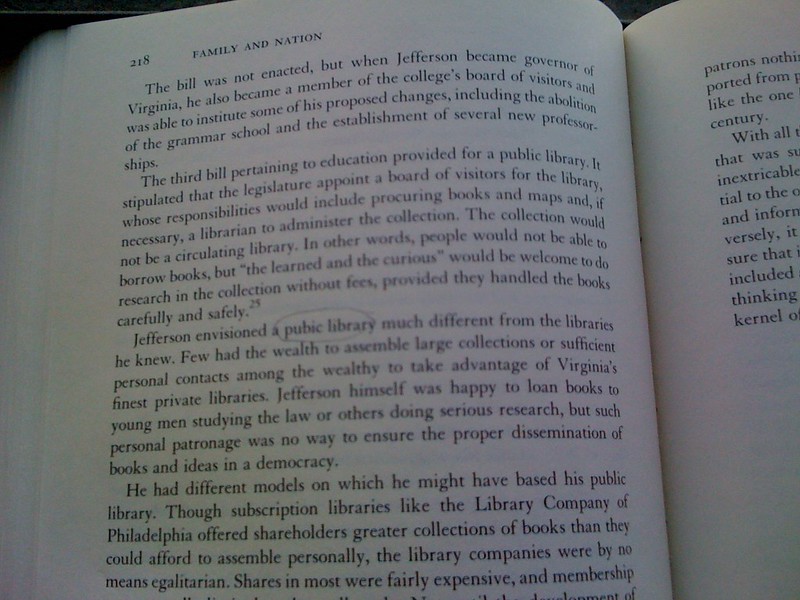Nothing But You: Love Stories from the New Yorker ed. by Roger Angell. Not recommended.
Earlier in 2002, I had read Victorian Love Stories: An Oxford Anthology edited by Kate Flint, a wonderful, imaginative anthology that covers the gamut of love, from earnest and longing to the impulsive and painful, from gritty realism to the fantastic and the supernatural. I had had Nothing But You for a while, and it seemed natural to read it as a follow-up to the Victorian anthology. This proved to be a mistake; the contrast between the two highlights the shallowness of the New Yorker stories.
There are a few gems, such as “Marito in Città” by John Cheever, “The Diver” by V. S. Pritchett, “Eyes of a Blue Dog” with Gabriel Garcia Marquez’s magic surrealism, “The Kugelmass Episode” with Woody Allen’s characteristic offbeat humour and angst, and “Here Come the Maples” with a touch of irony by John Updike. One story by a lesser-known writer, “In the Gloaming” by Alice Elliott Dark, stands out for beautifully conveying the tragedy of loss and alienation, not through death, but through the chains and barriers that life erects to prevent insight and truer love between the mother and son and between them and the distant, unloving father. Impending death finally begins to break down those barriers and reveal the humanity of mother and son to one another.
For the most part, however, these highlights are overwhelmed by the blandness of the rest of the selections. Somehow, this collection about “love” seems to miss many of love’s elements — affection, depth of feeling, passion (depth of emotion of any kind), perception, dedication. Instead, many of the stories read as pointless, plodding, surface tellings of things that happen, with an amazing attention to mundane and unrelated detail, and revolve around featureless, interchangeable characters with no depth and no interest. “The Nice Restaurant” by Mary Gaitskill, with its generic yuppie characters Evan and Laurel, their meaningless relationship, and endless detail such as “Evan picked at his pork-chop bone. He downed his glass of wine” and “Laurel shifted in her chair” that is meant to convey the flat emotions of these flat people contrasts badly with the underlying passions and conflicts subtly portrayed in Lucy Clifford’s “The End of Her Journey” and Hubert Crackenthorpe’s “A Conflict of Egoisms” from the Victorian anthology. Later, the same cardboard characters, with different names, will appear in “Ocean Avenue” by Michael Chabon, where, nine yawning pages of yuppie angst over coffee later, the predictable happens.
How modern authors have reduced one of humanity’s deepest, most elemental, and disturbing emotions into a painfully superficial detailing of everyday functions is, perhaps, a reflection of modern love and life. I would like not to think so, however. I would like to think that we are still capable of passion, even cartoon characters like Evan and Laurel and Chabon’s California counterparts, Lazar and Suzette.
At the end of the Victorian collection, I felt elated, disturbed, empathic, inspired, and despairing. At the end of the New Yorker collection, I felt nothing but bored.
3 November 2002
Copyright © Diane L. Schirf

